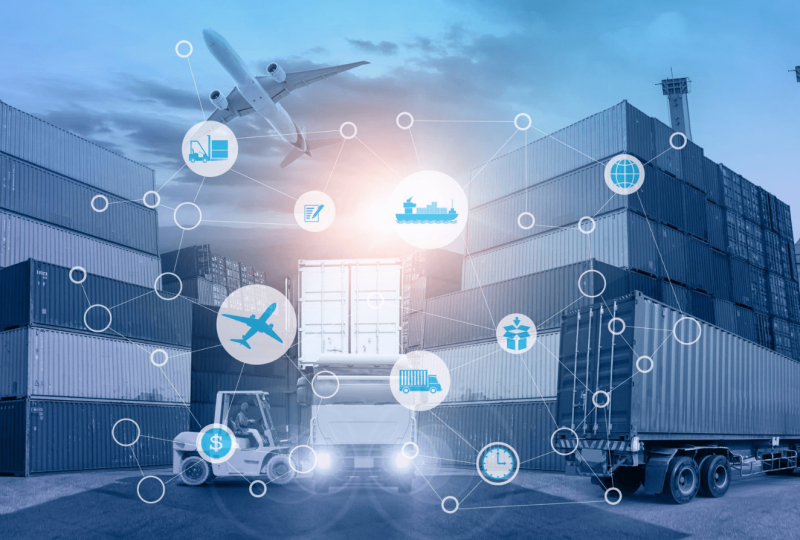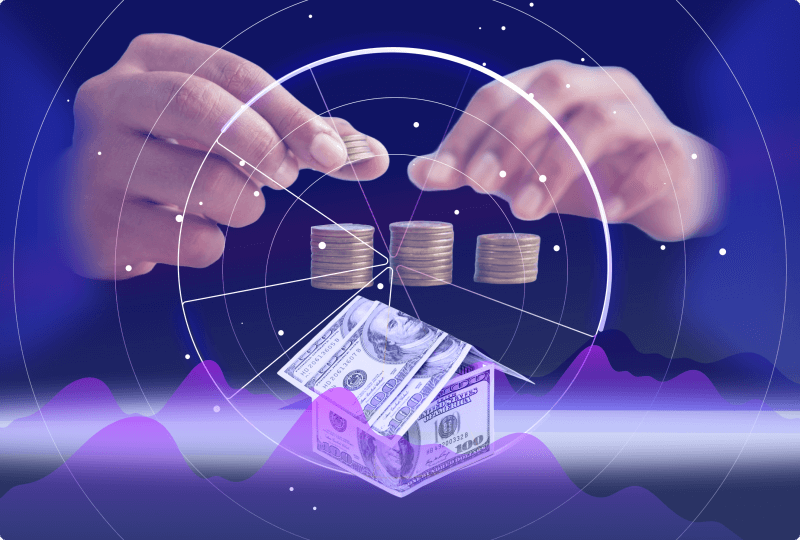The Next Phase of the Supply Chain Crisis is Too Much of Everything
Nov 3, 2021

Snarled supply chains are creating havoc throughout the global economy. But what happens if today’s shortfall in running shoes and computer chips becomes tomorrow's glut?
Mountains of containers waiting in ports for transport could be a warning. Companies were caught short when lockdowns to contain the pandemic were lifted and demand roared back to life. Businesses are still trying to catch up, likely double- and triple-ordering beyond what they actually need, says star stock picker Cathie Wood, founder of ARK Invest.
Will the supply chain catch up?
According to earnings call transcripts collated by Sentieo, analysts are on the lookout for the turn, peppering CEOs with queries regarding double-ordering. Because his company, Siltronic, can't supply the full demand for chips, Christoph von Plotho, CEO of semiconductor maker Siltronic, believes corporations are ordering more than they need.
Customers don't want to remain in the same place in 2022 as they were in 2021, according to Christian Storch, CFO of Altra Industrial Motion, a vehicle-parts manufacturer. "Due to the long lead times, they've doubled and tripled orders."
According to NXP Semiconductors CEO Kurt Sievers, some manufacturers are producing partially completed automobiles while waiting for certain supplies to arrive. If a lot of enterprises use this method, it means that when essential components become accessible, production of some things could skyrocket.
How much longer will shortages last?
Some critical shortages appear to be reaching their apex. According to Bloomberg, the delivery time for chips climbed by the smallest amount in nine months in October, citing research from Susquehanna Financial Group, a trading firm. Since Susquehanna began measuring it in 2017, that so-called lead time has been the longest, but certain types of chips, such as those for power control, are simpler to come by.
Of course, an oversupply of commodities appears to be a long way off right now. Supply-chain bottlenecks have already lasted longer than many predicted, and many executives believe they will continue to do so in the near future.
During recent earnings calls, a lot of CEOs claimed that they are immune to over-ordering. Customers of Vicor's electric-power component company ask about double-ordering, and Davies says he doesn't see it. He stated, "It's a real demand."
Even while it's impossible to anticipate when shortages will end, inflated stockpiles, according to John Kennedy, the founder of Platform Science, a fleet-management firm, are almost unavoidable. During a conference call held by logistics giant Prologis, he remarked, "There will be a glut." "Like, we're oblivious to that portion." Every scarcity era is followed by a surplus, which will wreak havoc on us yet again."
Do supply chain issues cause inflation?
That blunder might lead to deflation, the polar opposite of the shockingly high inflation that many economies are experiencing. The US Federal Reserve first resisted reacting to supply chain bottlenecks, but now recognizes that shortages are likely to linger for some time, resulting in a supply-demand mismatch that drives up prices.
The prospect of mountains of inventory whipsawing prices in the opposite direction demonstrates how difficult their job has become: central bankers risk raising interest rates to cool the economy just as other forces, such as a glut of supply from double-ordering within the supply chain, are clamping down on prices.
"Prices should unwind once the holiday season is over and corporations are faced with excess supplies," said Wood of ARK Invest.




